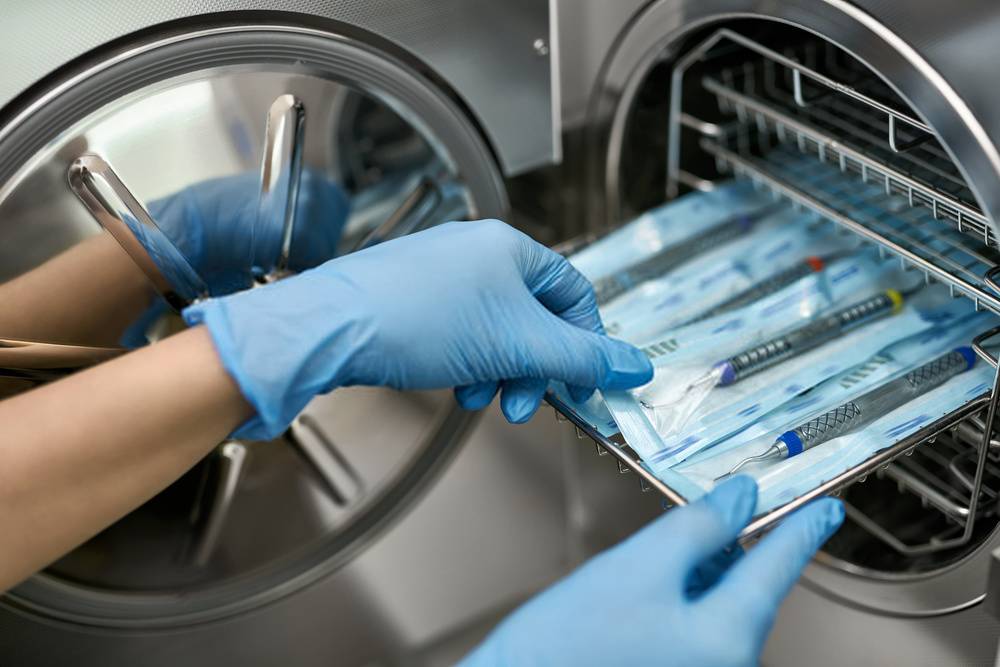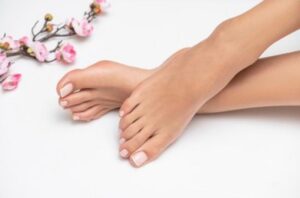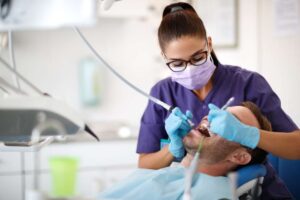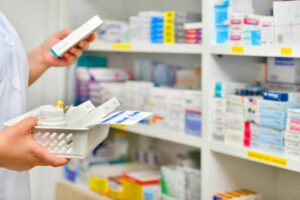Science has made many discoveries that led to applications used in inventions that make life safer, happier, and better. Microbiology found the tiny organisms that can make us sick, sometimes seriously so. These microbes are germs, viruses, and bacteria. Invisible to the eye, the problem was in how to kill them. Science provided the answer that led to antiseptic soaps and sprays. It also helped lead to the invention of the autoclave. Though not a device known to most of the public, they are commonly used in any industry or situation that requires sterile tools and instruments for public safety.

The Purpose of the Autoclave
Blog Contents
The autoclave uses steam under pressure to kill microbes on objects and in waste. They are ubiquitous in scientific laboratories as well as in doctor’s offices and in other medical applications. You will also find a nail autoclave in any salon. It’s a simple but very effective machine which is based on the Centers for Disease Control’s (CDC) finding that pressurized steam is the most effective way to kill microorganisms. The autoclave has the advantage of being inexpensive and contains no toxic chemicals, making it safer than other methods of killing microbes.
The Way the Autoclave Works
The high pressure inside the autoclave allows water to boil at a lower temperature. The steam is then superheated. The steam surrounds the items inside the machine, interacting with any microorganisms present. The heat causes the enzymes and proteins of the microbes to break down and lose their shape. They become non-functional and the organisms die. An autoclave generally uses steam at a temperature of 121 degrees C, but some go as high as 134 degrees.
The Autoclave in Medicine
Autoclaves are used in every field of medicine. Surgeons must have sterilized instruments in order to operate. If microorganisms were to enter a patient’s body, they could cause serious illness and death. Other doctors use the autoclave to sterilize items used to examine bodily openings, such as the mouth, ears and nose. Some microbes can be harmful if they enter those cavities.
Dentists also need autoclaves for their instruments. Mirrors, picks, drills and other tools are used inside a patient’s mouth and come into contact with teeth. They also touch cavities that are particularly vulnerable to infection. Dental surgeons must also sterilize everything used in a procedure.
The Autoclave in Research
In a research laboratory, sterilized containers and tools are essential. Results observed using unclean items are tainted and cannot be trusted to be accurate. Science uses differnt types of autoclaves. Since the items cleaned don’t come into contact with humans, these machines are designed more for efficiency and speed. As they are used constantly, more work can be performed when the sterilization process is completed quickly. Some research requires very large autoclaves that may hold up to 700 gallons of water.
The Autoclave in Salons
Another common variant of the machine is the autoclave for nail salons. Although not medical procedures, manicures and pedicures can spread germs and bacteria. Fungus is common, especially in the toes. Nail files, scissors, picks and other salon tools can easily transfer microorganisms from one customer to another and cause health issues. These tools must be sterilized after each use. For this reason, salons must have many sets of tools, as well as more than one autoclave to keep up with the flow of customers.
One of the most important jobs of science is in protecting people from illness and disease. There are microscopic organisms everywhere that can be the cause of sickness. The autoclave was designed to sterilize objects that come into contact with people and avoid infecting them. It also gives back to science, helping ensure that research findings are accurate.







